Providing water that is safe for carnivorous plants requires a little research. Water from your faucet may be perfectly fine, but it may have a detrimental effect on the health of your plants.
Not all water is the same
Tap water
Using tap water for carnivorous plants in many cases isn’t a good idea. Tap water contains salts and chemicals (also called Total Dissolved Solids or TDS). While harmless to humans, some of these salts and chemicals can have detrimental effects on sensitive carnivorous plants, causing root burn, leaf browning, wilting and eventual death of the plant.
The amount of salts and chemicals in tap water is measured by parts per million (PPM). The PPM of tap water can vary depending on location but often falls between 100 and 400. Most carnivorous plants can tolerate a PPM range anywhere from 50 to 140, but the lower the number the better. If you are considering using tap water for your plants, buy a TDS Meter to check your PPM first. It’s also important to note that if your PPM is in the upper end of the “safe” range, flushing soil and trays regularly with fresh water is a good idea to help prevent mineral buildup.
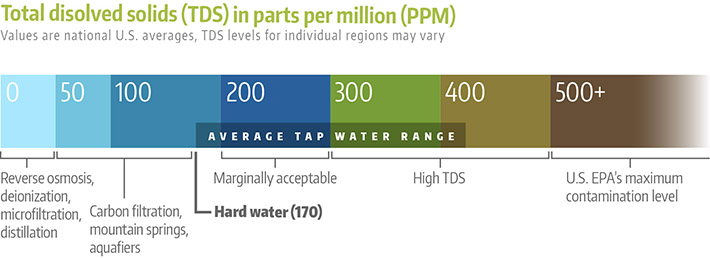
Rain and stream water
Rain or stream water can be good and inexpensive alternatives to use for carnivorous plants, if the plants are outdoors. Using rain or stream water can have downsides for indoor plants though. The main ones being possible contaminants like algae, bacteria, fungus and plant pests. Yes, even rainwater may contain small amounts of these! Exposing indoor plants to these contaminants is risky because there isn’t a balanced ecosystem like the one outside to keep various outbreaks at bay.
In addition, rain water tends to be acidic with a pH of around 5.6 due to interacting with carbon dioxide in the air. This may or may not be harmful to your plants but is still something to think about.

Distilled or reverse osmosis water
Using distilled or reverse osmosis (RO) water is the safest route when watering indoor carnivorous plants. The water is free from salts and chemicals and the steaming or filtration also takes care of organisms that may be present as well.
Distillation
You can purchase distilled water at the store or distill it yourself. We have found a basic household distiller like this one works well for the average hobbyist. It can produce up to 6 gallons per day.
Reverse osmosis
Obtaining clean water with a reverse osmosis system is beneficial if you need more than a couple of gallons at a time. This system can produce up to 50 gallons per day and removes up to 99% of chlorine, bacteria and other harmful substances in the water.
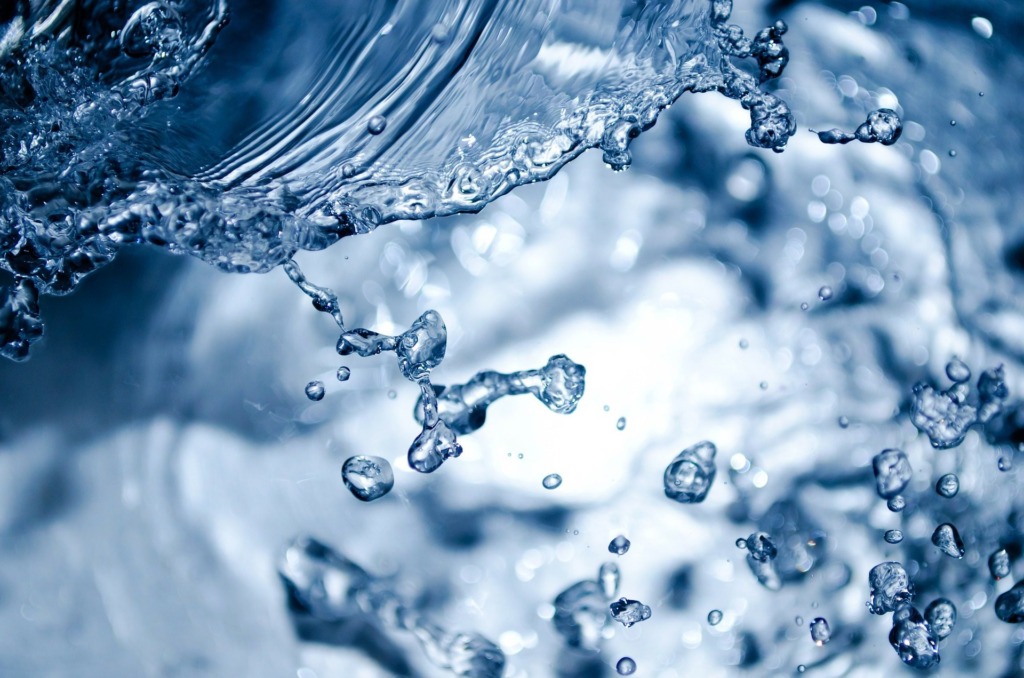
And please don’t do this!

Who knew there were so many types of water
Hopefully this article helps you determine what type of water you will use for your carnivorous plants based on your location and growing environment. If you have questions, please feel free to leave them in the comments and we’ll get back with you. Thanks for reading!

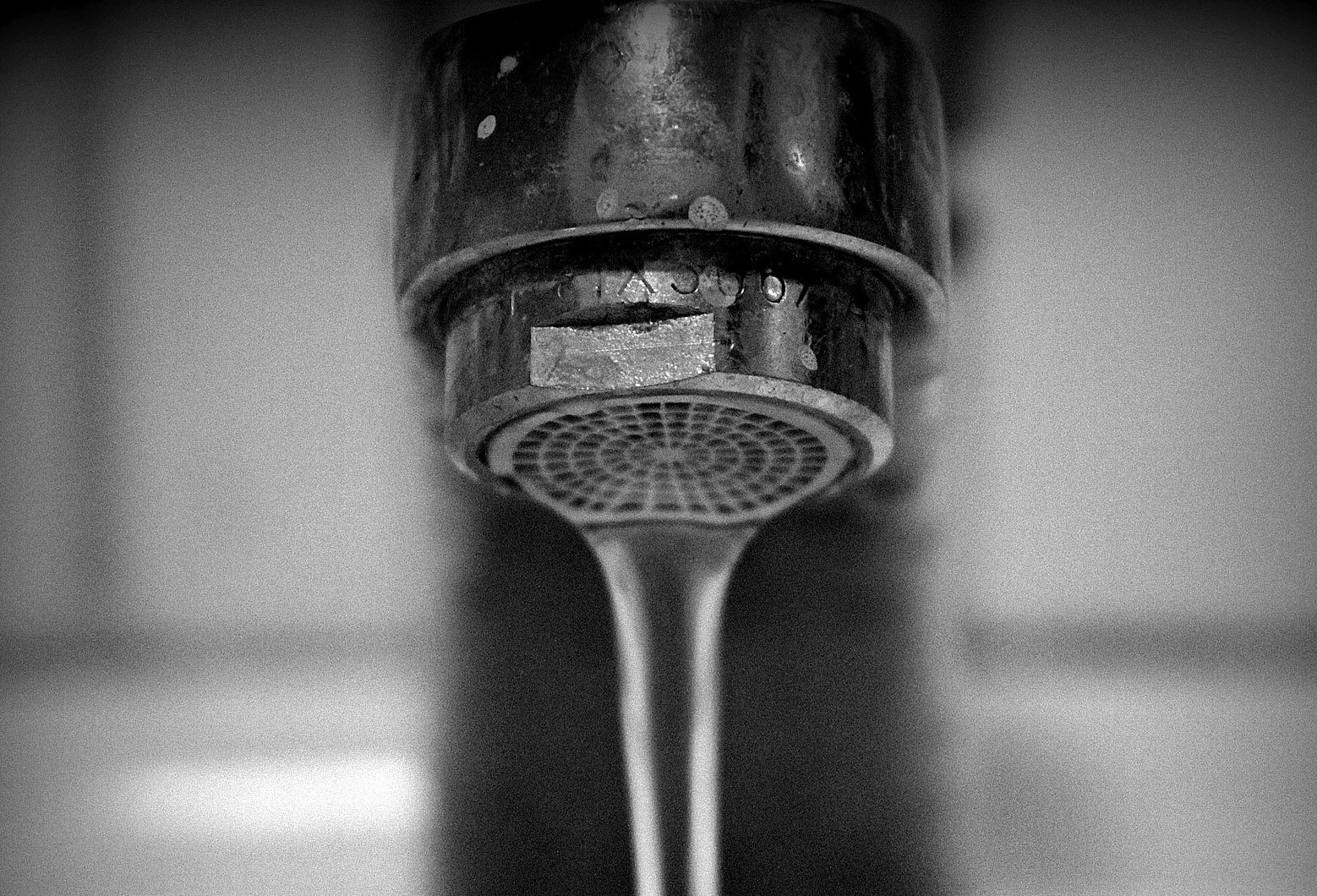
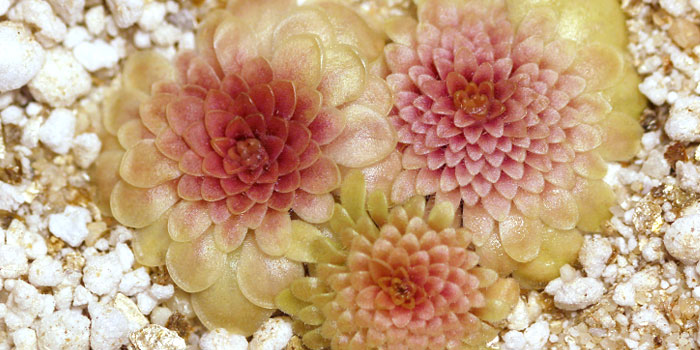

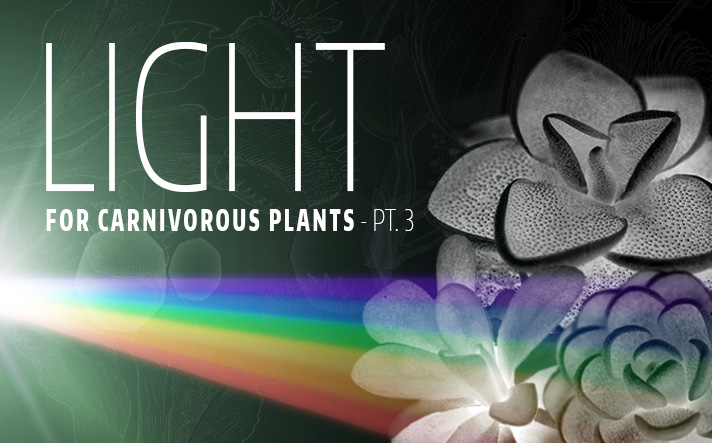
People are saying that you can boil water with another bowl & then a glass top with ice on it. The condestation & done. I drink spring water bottles. They say you can use spring water also. My pitcher isn’t here yet so I want to know about watering it. Also I am looking for the quick way. Thanks
With the additional steps you are describing, this is a form of distillation which would work for the plant.
Hi I am reading all these questions and I am going to grow a carnivorous pitcher and I am still confused about what watering it ? Can I boil water & keep it to use for the next watering? Please, help!
Hi Susannah, while boiling water can reduce pathogens, it will not remove minerals in the water. These would need to be removed through distillation or a form of filtration.
Hi I’m new to carnivorous plants I use filtered water from my sift water system and then filtered again with under sink water filtration is this ok? My plant has the big bulbs and hangs in front yard outside thanks
Hi Lidia, welcome to the hobby! For water filters, it is difficult to say whether one or more types would be adequate as there are many types of filters and brands that target different sizes and types of contaminants. Typically the easiest way to get an idea of the quality is to test the water with a TDS meter which will give you a general idea of the total dissolved solids in it.
Hi, we get our water from groundwater. Would that be okay to use on pitcher and venus flytrap? Thanks
Hi Carlo, whether the groundwater is safe to use would depend on its mineral concentration. A TDS meter can help with evaluation this.
Through reverse osmosis, is it better to use 0tds or does this kill the plant? The water i get has a tds of 5, but ive heard it changes the ph ,, so confusion sets in. I am new to the venus fly trap plant and dont want to kill it. However i do have a little rain water wich i am using but its not going to last long as i have 5litres left.
Hi Terence, 0 or 5 tds water would both be fine to use. RO water can become slightly acidic when exposed to air, however it’s not enough to be harmful, especially to Venus Flytraps which already prefer a slightly acidic media.
Hi my tap water has 26PPM . I’m just about to start growing carnivorous plants am I right in thinking I don’t need to further treat my water and can just use it as is?
Hi Laura, yes tap water with 26PPM would be ok to use for carnivorous plants. Thanks!
I read somewhere that you can use the water from a dehumidifier to water carnivorous plants. Is that true?
Hi Ben, it would likely be fine however you’d probably want to consider the dehumidifier itself first to determine if the water would be in contact with any materials that could leach into it and be harmful to the plants. Checking the TDS of the water would be a quick way to get an idea of the quality.
2/3wks ago, I bought a all red Venus flytrap, (sent through the post), all trap’s were closed. it was carefully wrapped and very carefully unwrapped. I’ve noticed in the last week the trap’s are turning black and starting to head down the stems. Will different water types upset the plant and what’s the best way to help plant recover?
Hi Shirley, thanks for reaching out! Except for water with a very high salt or mineral content, the exact kind (distilled, rain water, RO, etc.) shouldn’t have a huge impact on the overall health of the plant. Depending on how many of the traps are turning black, this could be caused by a variety of things. If only a few are blackening, it could be that these traps are older and nearing the end of their life. These traps will gradually be replaced by new ones.
If several or all of the traps are blackening, it could be that the plant is having trouble adjusting to the new environment for some reason such as low humidity, too hot/cold, or low light. A common cause of blackening can also be that it’s receiving too much water. A tell-tale of overwatered flytraps are the tips of new traps blackening before they’ve had a chance to fully develop and open. Making some small adjustments either to the water amount or other factors mentioned above should help the plant recover fairly quickly though.
Hopefully this helps and please feel free to reach out if you have any additional questions!